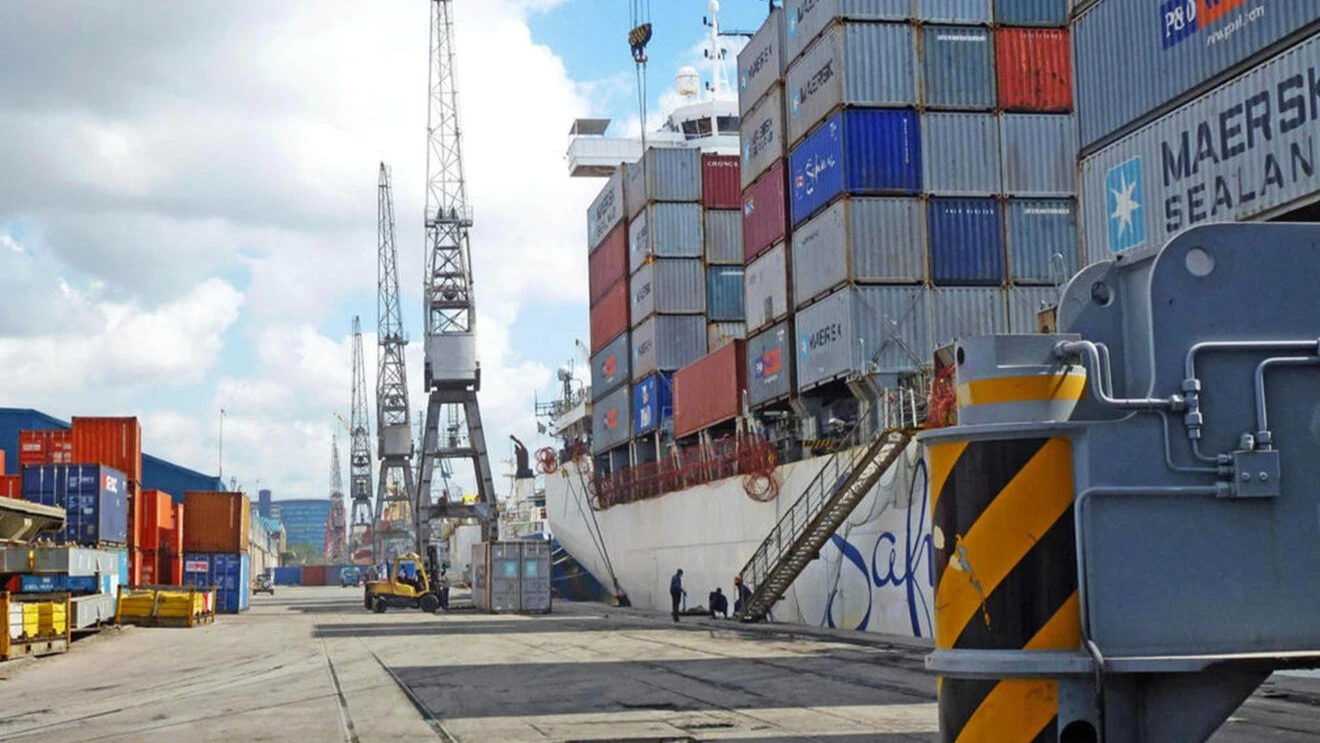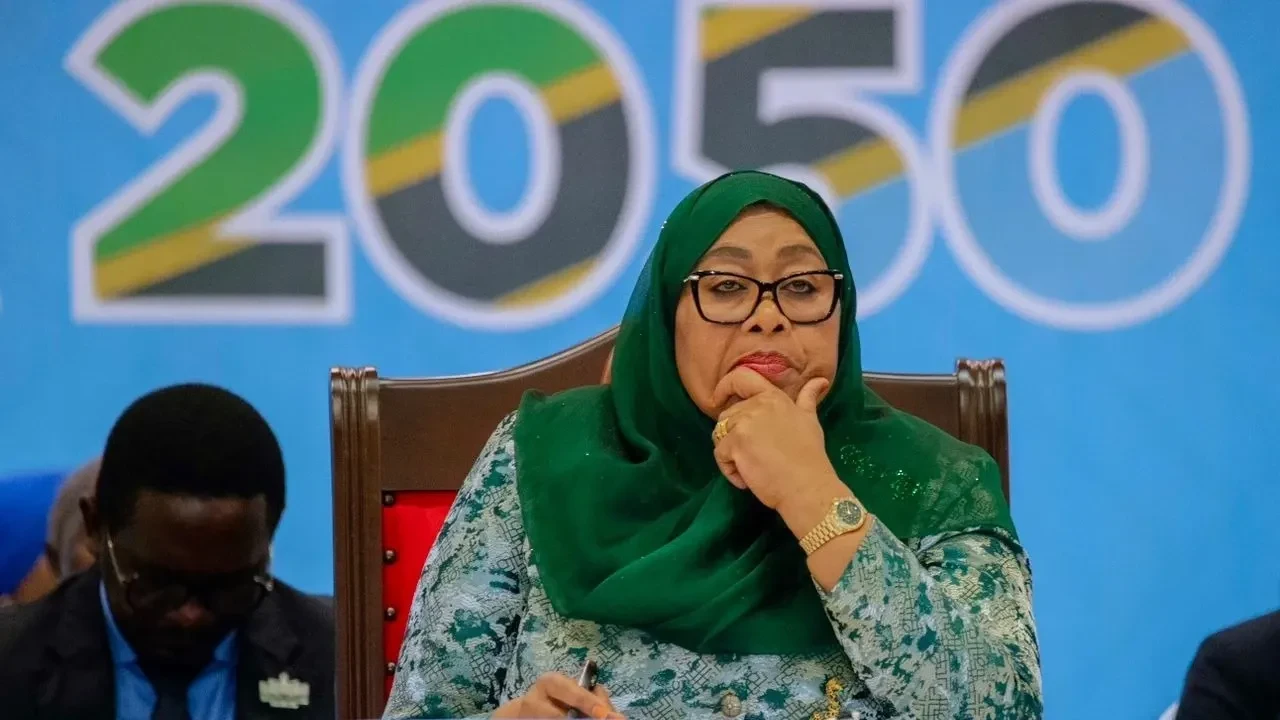Tanzania's current account deficit shrinks significantly

Tanzania's external sector recorded a notable improvement in the year ending May 2025, as the current account deficit narrowed to US$ 2,117.5 million. This represents a significant reduction from the US$ 2,862.6 million deficit recorded in the corresponding period of 2024.
According to the Bank of Tanzania (BoT) Monthly Economic Review for June, this positive development highlights a healthier balance in the nation's international transactions and was largely attributed to robust export performance, which outpaced the growth in imports.
Foreign exchange reserves stood at US$ 5,136.6 million at the end of May 2025, slightly below the US$ 5,162.6 million recorded in the same period of 2024.
This level of reserves is considered adequate, as it is sufficient to cover 4.2 months of projected imports of goods and services, comfortably surpassing the national benchmark of a minimum of 4 months.
The impressive narrowing of the current account deficit was primarily driven by a substantial increase in exports of goods and services.
These rose by 19.2 percent in the year ending May 2025, reaching US$ 16,994.7 million, a considerable increase from US$ 14,258.2 million in the corresponding period in 2024.
According to the BoT, this strong performance was primarily fueled by increased earnings from a diverse range of sectors, including gold, tourism, agricultural exports, and transportation services.
Exports of goods, which accounted for a significant 58.4 percent of total exports of goods and services, increased to US$ 9,894.8 million from US$ 7,758.7 million.
The growth in goods exports was largely driven by higher exports of key commodities such as gold, cashew nuts, coffee, tobacco, sisal, and horticultural products.
Specifically, gold exports rose to US$ 3,835.5 million from US$ 3,115.4 million, benefiting from favourable global market prices amid heightened economic uncertainty and increased central bank purchases.
Manufactured exports also recorded commendable growth, notably in products such as fertilizers, ceramic products, plastic items, iron and steel, and paper products.
Service receipts also contributed significantly to the overall export growth, increasing by 9.2 percent to US$ 7,099.8 million, compared to US$ 6,499.4 million recorded in the year ended May 2024.
This growth was largely driven by a notable rise in travel (tourism) receipts, which accounted for 55.1 percent of total service earnings.
The increase in travel receipts was primarily attributed to a significant rise in international tourist arrivals, which increased to 2,170,360 from 1,961,870 over the same period.
While exports showed robust growth, imports of goods and services also increased, reaching US$ 17,686 million from US$ 16,141.9 million recorded in the year ending May 2024. This increase was largely driven by higher imports of industrial transport equipment, raw materials, and increased freight payments.
In the year ending May 2025, service payments rose by 27.0 percent to US$ 2,841.7 million, up from US$ 2,324.9 million in the corresponding period of 2024.
This increase was mainly driven by freight payments, which accounted for 47.7 percent of total service-related expenditures.
The primary income account deficit widened to US$ 1,980.2 million in the year ending May 2025, up from US$ 1,628.6 million recorded in the same period of 2024. This increase was largely driven by higher payments of income on equity and interest to non-residents.
The secondary income account recorded a surplus of US$ 554.0 million, compared with US$ 649.7 million in the year ending May 2024, largely due to a decline in personal transfers. On a monthly basis, the surplus amounted to US$ 31.4 million in May 2025 compared with US$ 38.3 million in May 2024.
This comprehensive overview of the external sector's performance, particularly the significant narrowing of the current account deficit, underscores a strengthening of Tanzania's economic resilience and external stability.
Top Headlines
© 2025 IPPMEDIA.COM. ALL RIGHTS RESERVED

























